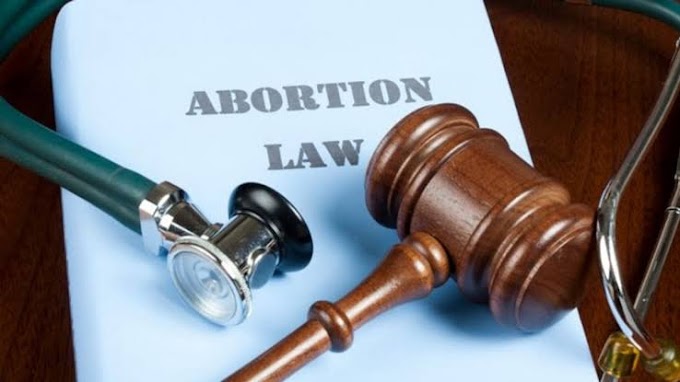Topic- India i.e., Bharat a brief build up
Author – Aryaman Singh, a Student of Indore Institute of Law 3rd Year
INTRODUCTION
The recent invitation of the G-20 dinner invitation by President where written “President of Bharat” led the speculation of changing the name of the country from “India” to “Bharat”. The central government had called the special parliamentary session after the G-20 submit. This very special session led the speculation that government is likely to amend the Article 1(1) of Constitution of India “INDIA i.e., BHARAT shall be the union of states”.
HISTORY
Bharat,” “Bharatvarsha” and “Bharata” are the earliest recorded names and their roots are traced to Mahabharata and the Puranic literature. Bharatvarsha refers to the land of the sons of Bharat, the legendary emperor called Bharata Chakravarti. He is said to be the founder of the Bharata Dynasty and the ancestor of the Pandavas and Kauravas. A son of King Dushyanta of Hastinapur and Queen Shakuntala, he conquered all of Greater India, which was called Bharatvarsha. According to Puranas, Bharata lies between the “sea in the south and the abode of the snow in the north”.
India is used extensively today – in official correspondence and documents and even in popular parlance. Like Hind, the origin of the word India lies in the word “Sindhu”, referring to the mighty River Indus, which originates in the Himalayas and is the source of the three great northern river systems – Sindhu, Ganga, and Brahmaputra. Sindhu is the Sanskrit name of the river and its earliest mentions are in the Rig-Veda, one of the oldest sacred books of Hinduism which dates back to 1700-1100 BC. As knowledge about ancient India spread, Persians found it difficult to pronounce the “S” of Sindhu. They pronounced it as “H” and hence the name Hindu was born. It came to represent not only the river but also the land and its people who lived across the Indus.
WHAT DOES CONSTITUTION SAYS
The Constitution of India came into effect in 1951 and it chose to omit Hindustan. Article 1 of the Constitution states, “India, that is Bharat, shall be a Union of States.” This means the Constitution recognises both “India” and “Bharat” as official names for the country.
In 2020, the then Chief Justice of India SA Bobde stated, “Bharat and India are both names given in the Constitution. India is already called ‘Bharat’ in the Constitution.” The Supreme Court refused to entertain a plea asking for a name change from India to Bharat. It suggested that the plea could be converted into a representation and forwarded to the Union government for an appropriate decision.
VIEWS OF CONSTITUENT ASSEMBLY
The matter over the use of 'Bharat' and 'India' was discussed at great length during the Constituent Assembly debates. During one of the debates on September 17, 1949, only a few months before the Constitution of India was signed on January 24, 1950, Chairman of the Drafting Committee Dr BR Ambedkar proposed an amendment to Article 1 to include in sub-clause 1: “India, that is, Bharat shall be a Union of States.”
However, Kamath was of the view that the expression “India, that is, Bharat” meant “India, that is to say, Bharat” and was “somewhat clumsy”. Therefore, he suggested that it would be better if the expression was modified in a constitutionally “more acceptable form and aesthetic form”. He referred to the passing of the Irish Constitution in 1937 to demonstrate that the Irish Free State was one of the few countries in the modern world that had changed its name on achieving freedom.
The suggestion was welcomed by Kala Venkata Rao, who “heartily” supported the name 'Bharat'. While Kamalapati Tripathi subsequently proposed “Bharat, that is, India” instead of “India, that is, Bharat”, Govind Ballabh Pant wanted “Bharat” or “Bharat Varsha” in place of “India”.
Eventually, except Ambedkar’s amendment, all others proposals were either negatived or withdrawn. The Assembly thus adopted, “India, that is, Bharat, shall be a Union of States."
CONCLUSION
We believe in uniqueness, we say that the whole world has the one name such as United States of America, United Kingdom, and so on, but we were called by India and Bharat. Which is why has two name that makes us unique in the world. From the legal perspective we call it India or Bharat it is fully legal as Constitution says the India i.e., Bharat shall be the union of states. The emphasizes on India rather than Bharat in English language but if translate in Hindi we say “Bharat ka Samvidhan” and Article 1 says “Bharat “arthat” India”. Here in Hindi the emphasizes is on Bharat rather than India. I conclude my article by what said by Dr. Ambedkar was that “Bharat is what country be called and also giving name India because all the agreement and UN signatory was in the name if India.




![Freedom of Speech in India [Indian Supreme court and Law of Sedition]](https://blogger.googleusercontent.com/img/a/AVvXsEiGLLUmLKq5Da6xDZplasOZHKRj-jOhWPkoeuy0_Eq757tUpOiHz-xooXwIlAjF0-hmBfi-TtMIv6on_sVgBXVq4wbWwnbsqLOcNX22S8C2aSq-ZuK3vn9wWAx8tXByYOBfwc0hs6b8RJV84YNFG2greouGKjup6g8kN-xVlchW33VHdSSmrhLC1BUEVbGp=w680)





